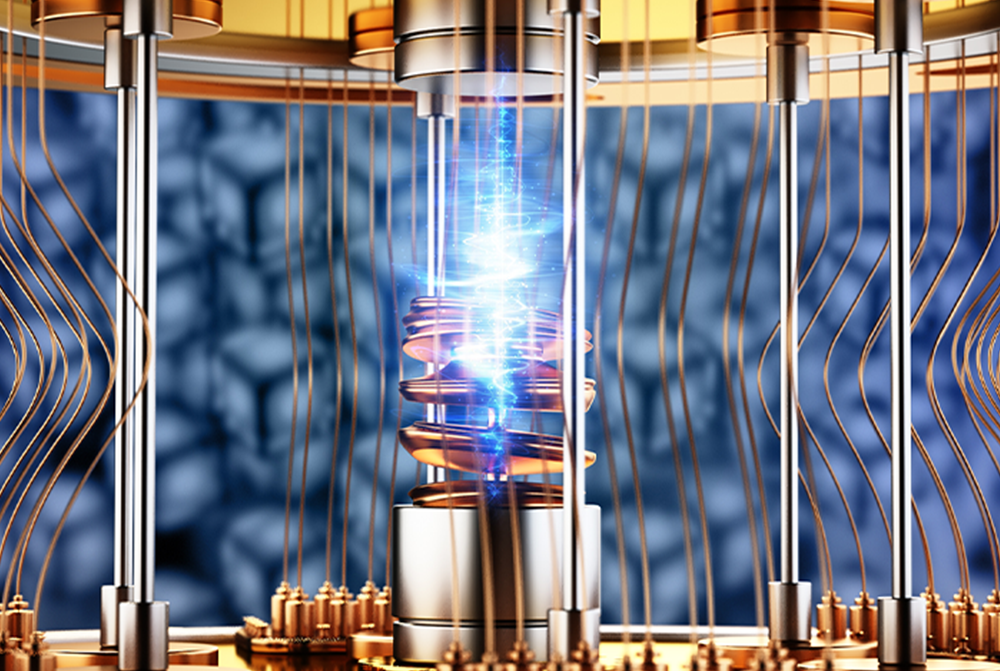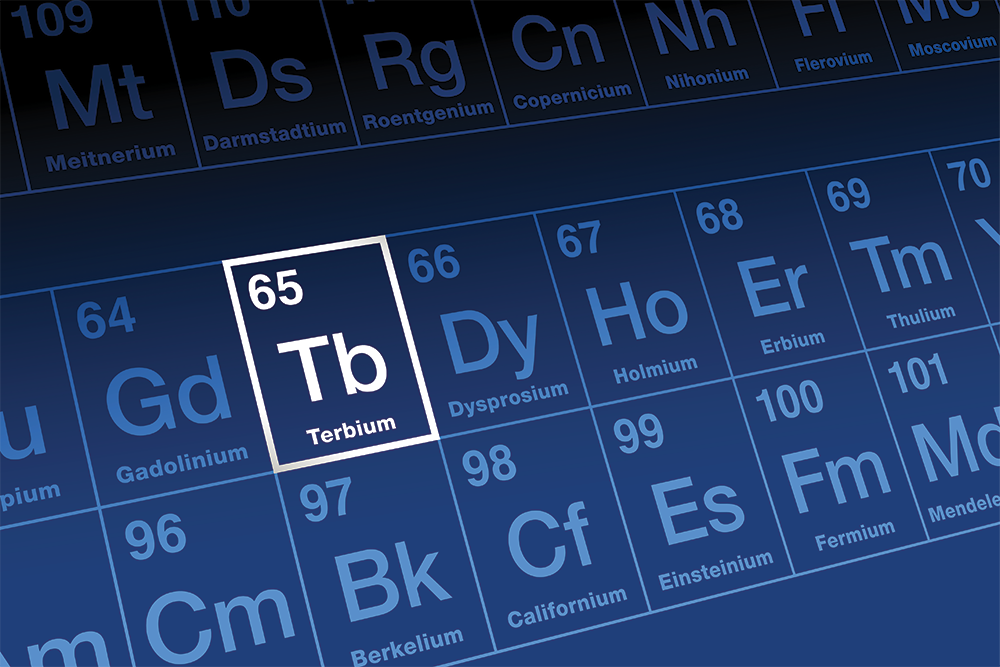
Terbium (Tb)
Terbium (Tb) is a chemical element with an atomic number of 65. It is a rare-earth metal belonging to the lanthanide series of the periodic table. As a pure metal, it is silvery-white, soft, malleable, and ductile. It can be cut with a knife and is relatively stable in air, though it will slowly oxidize.
Some of its key properties and characteristics include:
- Atomic Number: 65
- Symbol: $Tb$
- Appearance: Silvery-white metal
- Physical State: Solid at room temperature
- Density: $8.23$ g/cm³
- Melting Point: $1356$ °C ($2473$ °F)
- Boiling Point: $3230$ °C ($5846$ °F)
Terbium is highly valued for its unique properties, particularly its bright green luminescence. When its ions ($Tb^{3+}$) are excited, they emit a strong green light, a property that is essential in modern technology.
Due to its distinctive characteristics, terbium has several important uses:
- Green Phosphors:
Terbium is a key component in green phosphors used in LED lighting, fluorescent lamps, and display screens (such as those in televisions and computer monitors). High-Performance - Magnets:
It is used in alloys like Terfenol-D, which changes shape dramatically in a magnetic field. This alloy is used in actuators, sensors, and sonar systems. Terbium is also added to neodymium-iron-boron magnets to improve their performance at high temperatures, making them vital for electric vehicles and wind turbines. - Solid-State Devices and Fuel Cells:
Terbium serves as a dopant in materials for solid-state electronics and as a crystal stabilizer in high-temperature fuel cells. - Anti-counterfeiting:
The fluorescent properties of terbium are utilized in some euro banknotes, where the terbium ions glow green under UV light, helping to prevent counterfeiting.

